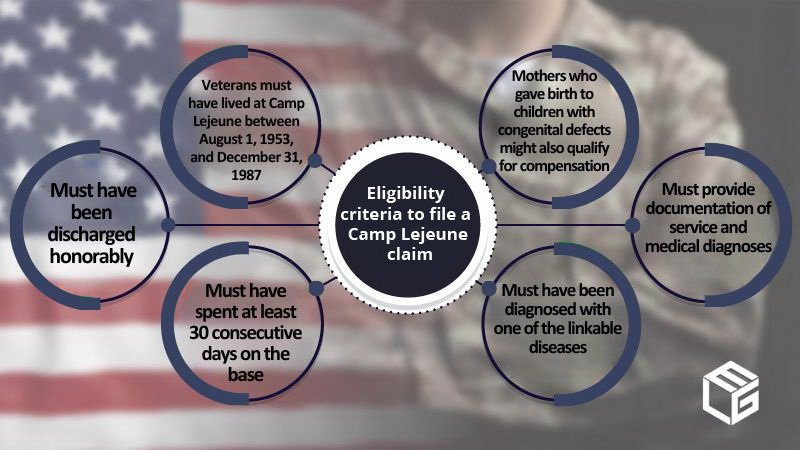Camp Lejeune: Hodgkin's lymphoma claims

Also known as Hodgkin's disease, this cancer occurs in nearly 9,000 people every year in the US. While the exact cause of Hodgkin's lymphoma has not yet been found, there are certain factors whose presence increases the risk of developing it, such as being over the age of 55, having a poor immune system, and being male. However, exposure to the chemical hazards at Camp Lejeune has also been linked to Hodgkin's lymphoma. If you were stationed at Camp Lejeune, either alone or with your family members, and came to struggle with this disease, please contact our law firm, because we might be able to recover financial compensation for you.
